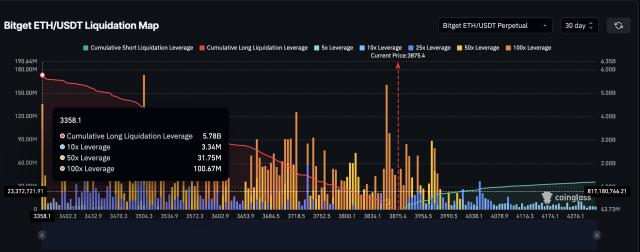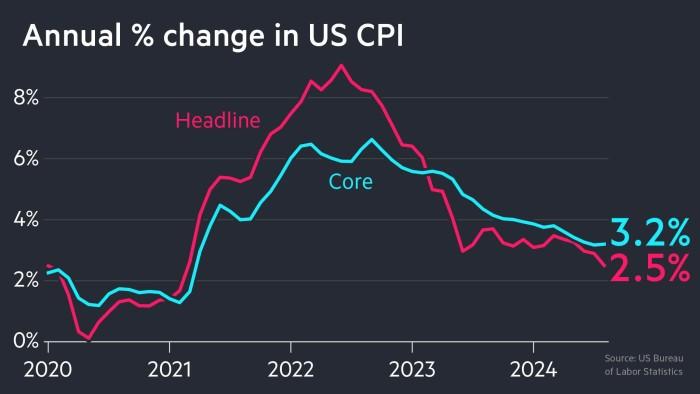Chainfeeds Introduction:
Ten years ago, it ignited the imagination of decentralization with a white paper. Ten years later, it remains the core of the crypto world, but is no longer the only stage.
Article Source:
https://foresightnews.pro/article/detail/88403
Article Author:
Foresight News
Perspective:
Foresight News: Ethereum had fewer than a hundred developers at the time. It was the first to embed smart contracts into the blockchain, providing a Turing-complete stage that made blockchain not just an accounting tool, but a world-class public computer capable of running programs. Soon, this newborn world computer faced severe challenges. In June 2016, a major security incident occurred in the decentralized autonomous organization "The DAO" based on Ethereum, where hackers exploited a smart contract vulnerability to steal approximately 50-60 million dollars worth of ETH. The community engaged in heated discussions about whether to "roll back history," ultimately choosing a hard fork to recover the assets, which also split off another chain - Ethereum Classic. This event brought the governance issues of the world computer to the forefront: should immutability be maintained, or should errors be corrected to protect users? The ICO wave from 2017 to 2018 propelled Ethereum to its peak, with countless projects issuing tokens through Ethereum, raising billions of dollars and driving ETH prices to soar. However, the subsequent bubble burst plunged Ethereum into a trough, with ETH prices dropping over 90% from its high point in late 2018, and network congestion and high fees were widely criticized. During that period, the popularity of CryptoKitties even caused the mainnet to become almost paralyzed, exposing the first limitations of this world computer's computing power. Ethereum's recent embrace of the Rollup-centric roadmap has alleviated main chain pressure while causing many transactions and value to remain on layer-2 networks, failing to flow back to the mainnet. A Standard Chartered Bank report from early 2025 bluntly stated that the rise of layer-2 networks has eroded Ethereum's value capture. The report estimated that just Base, a leading Ethereum layer-2 launched by Coinbase, has "taken away" approximately $50 billion in Ethereum ecosystem market value. Transactions and applications that would have originally been conducted on the mainnet have shifted to lower-cost L2s, resulting in decreased transaction fee income and on-chain activity. This trend became more apparent after the Dencun upgrade, with EIP-4844 significantly reducing data submission costs for Rollups to the mainnet, further enhancing L2's attractiveness for handling transactions. In recent years, the daily transaction volumes of Rollups like Arbitrum and Optimism have often matched or even exceeded the main chain, validating the scenario of "Ethereum outsourcing transaction execution." In other words, the world computer's components are operating efficiently externally, but the main machine's value capture ability is being eroded. Due to Ethereum's early performance and fee shortcomings, many competitors have tried to provide faster and cheaper alternatives. For instance, Solana, which focuses on high throughput, has attracted numerous developers, with most emerging projects and meme projects in this bull market primarily deploying on Solana. In the stablecoin domain, TRON, with its near-zero transaction fee advantage, has carried massive issuance and transfers of mainstream stablecoins like USDT. USDT circulating on the TRON chain has now exceeded 80 billion, surpassing Ethereum in scale to become the largest stablecoin network, with transaction volumes far higher than Ethereum. This means Ethereum has relinquished its leading position in this critical track. Moreover, public chains like BNB Smart Chain have also captured some GameFi and Altcoin trading traffic. Although Ethereum still hosts the largest number of DeFi protocols and TVL, accounting for about 56% of DeFi activity as of July 2025, it's undeniable that in a multi-chain landscape, Ethereum's relative dominance has declined compared to its peak period.
Content Source







